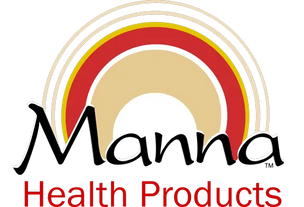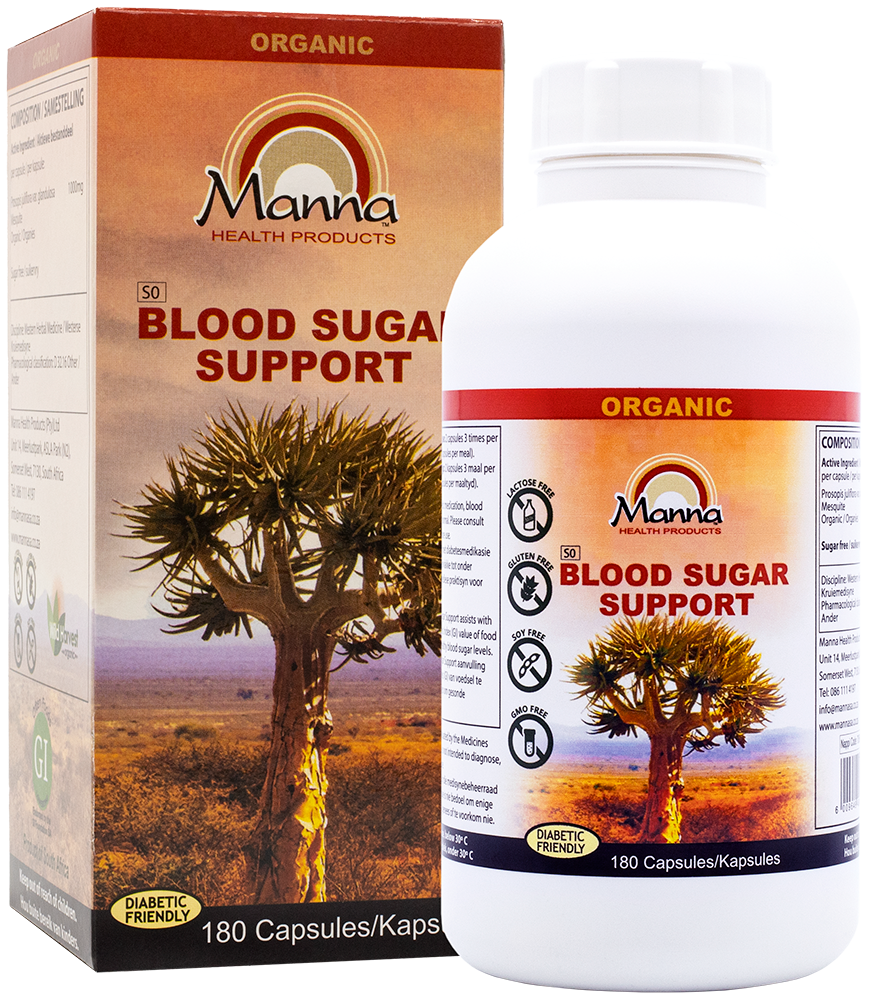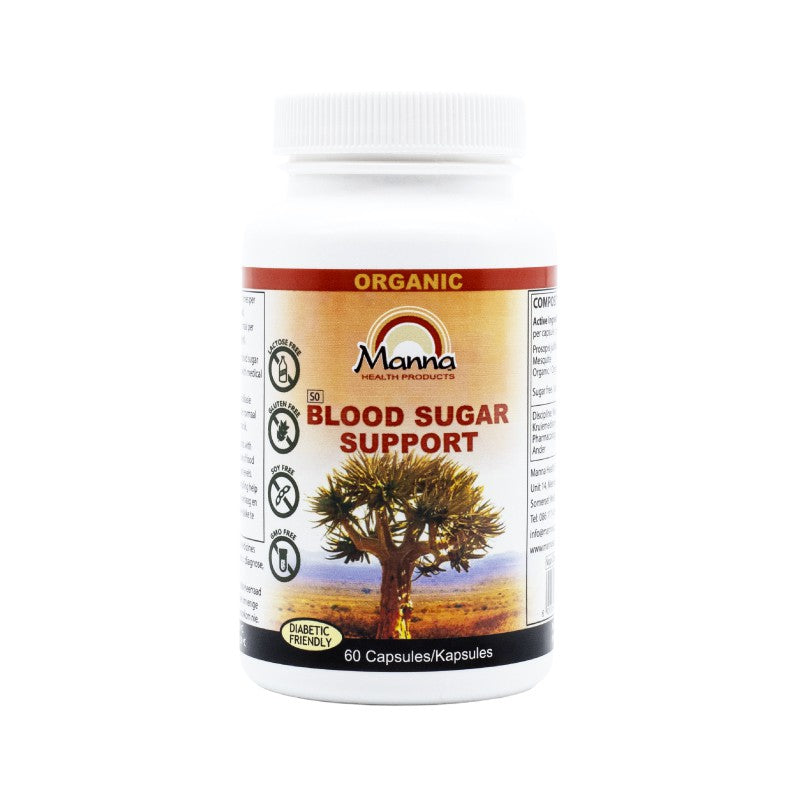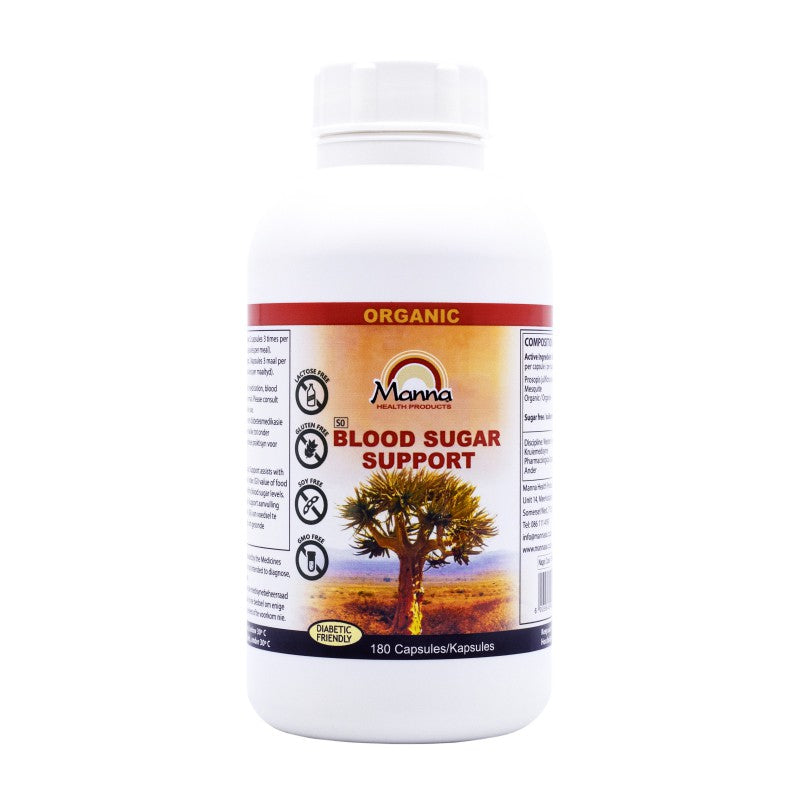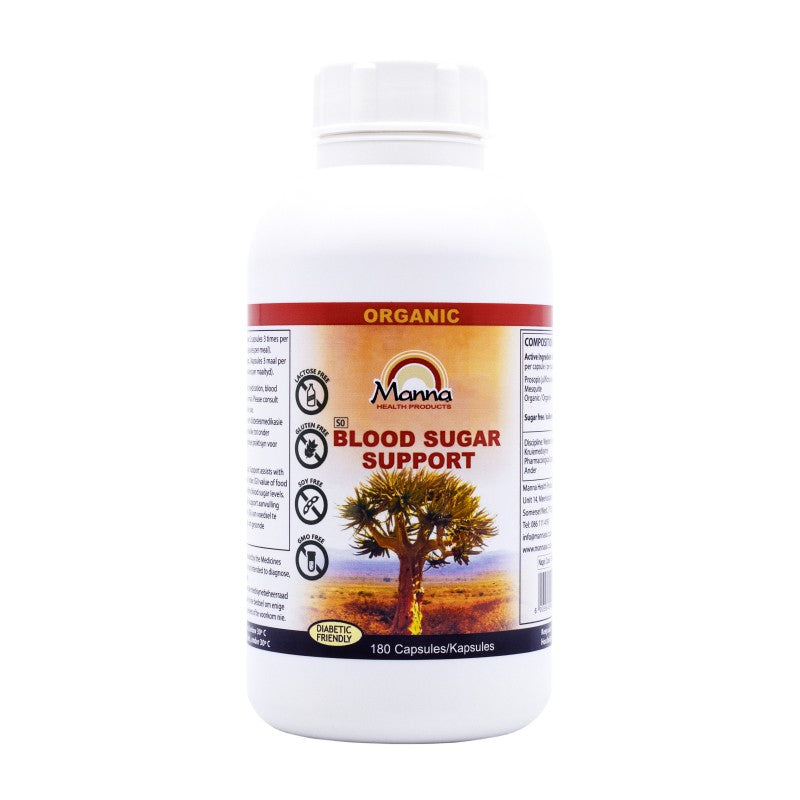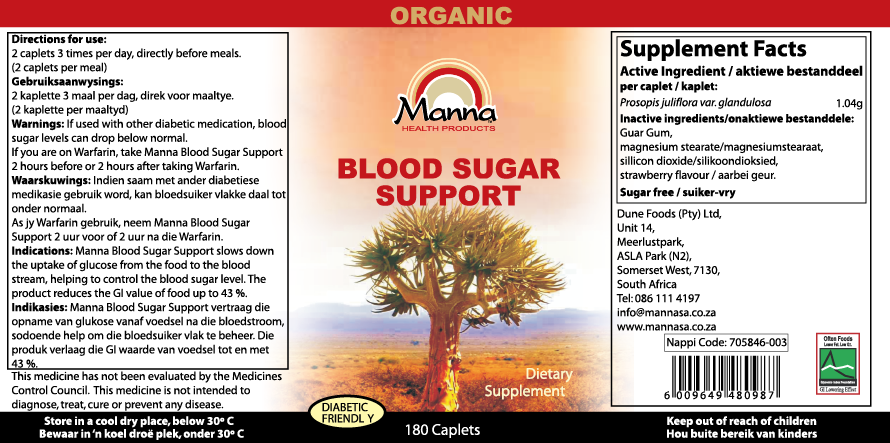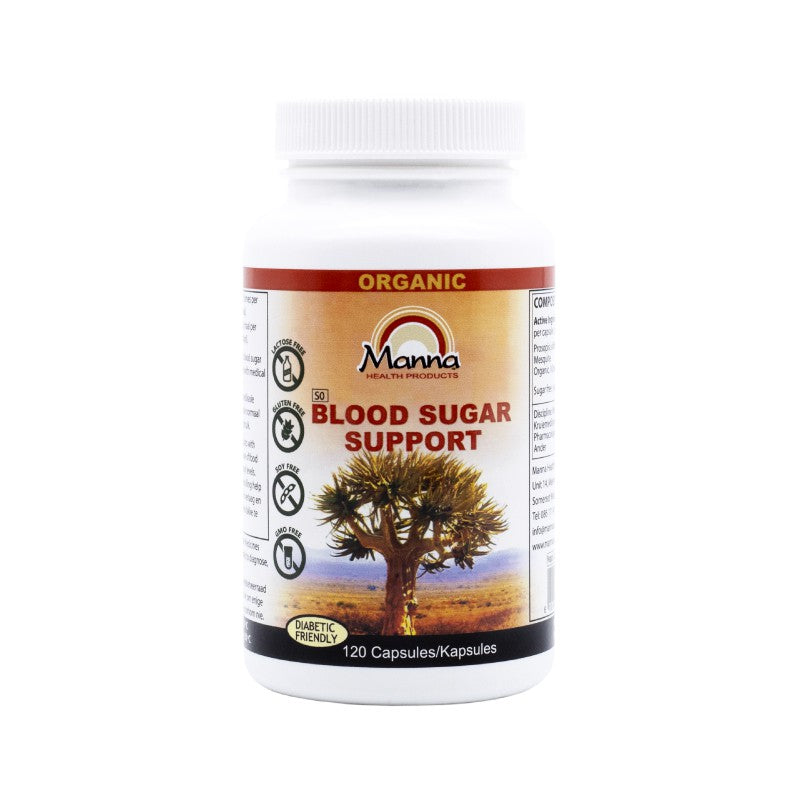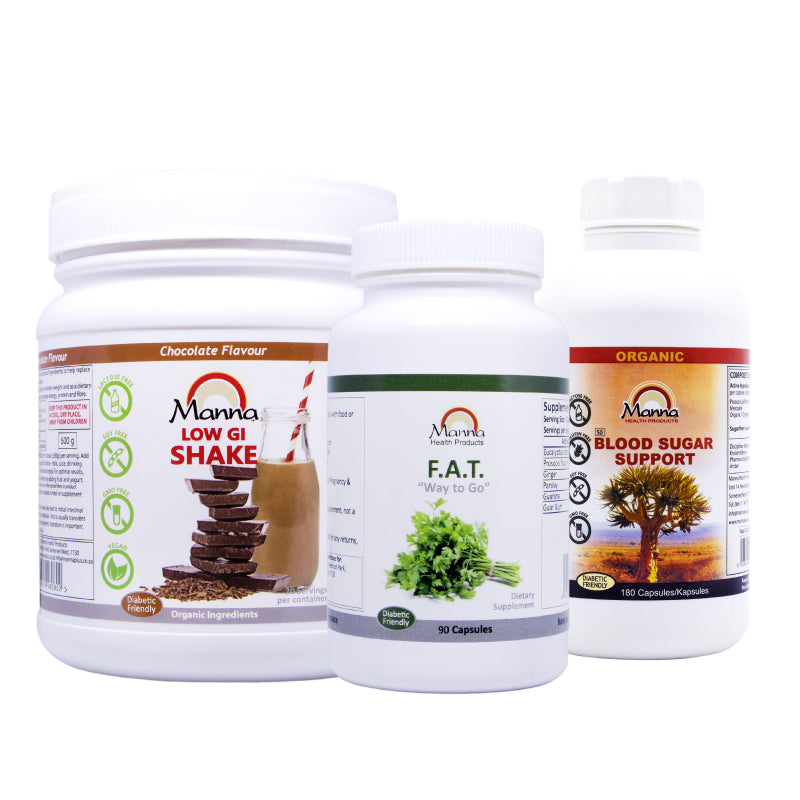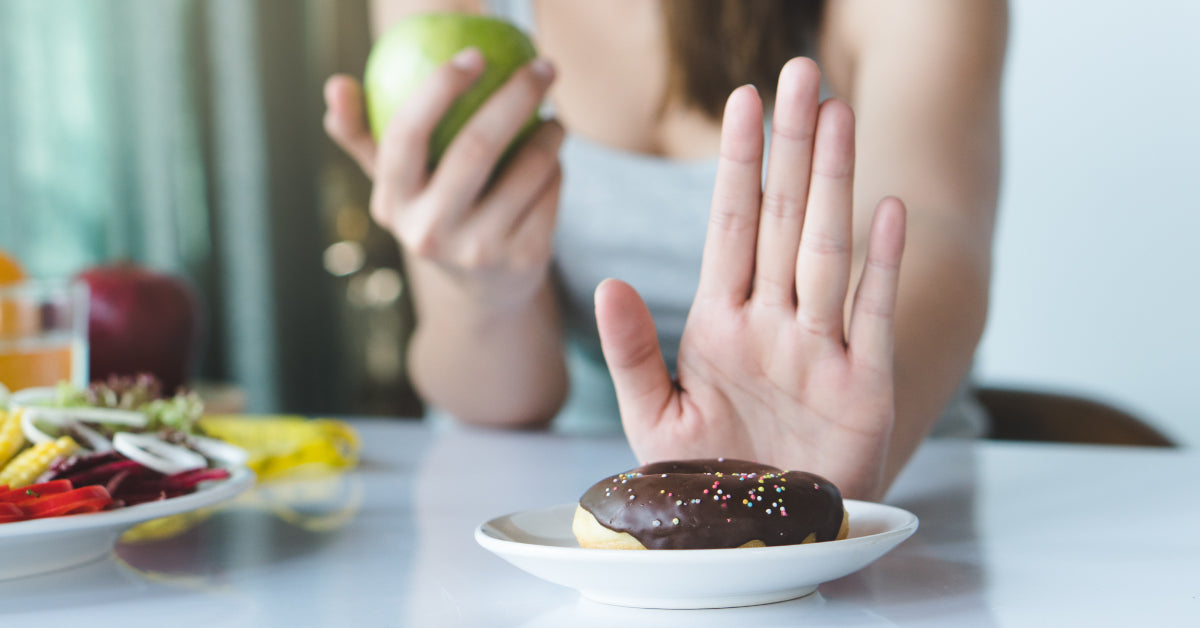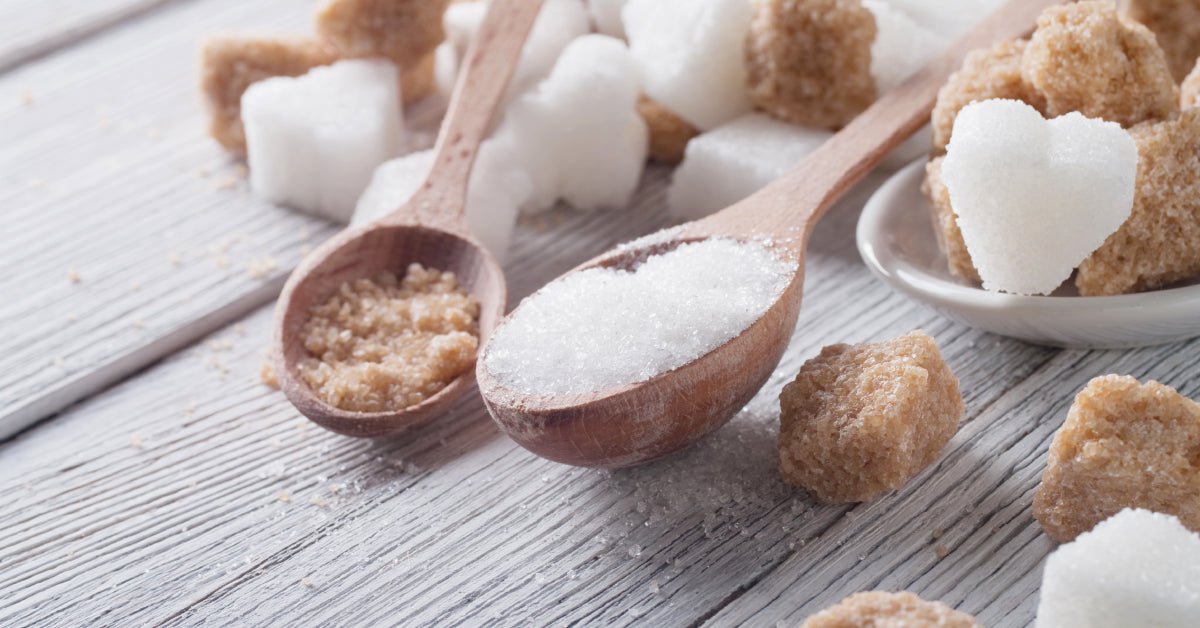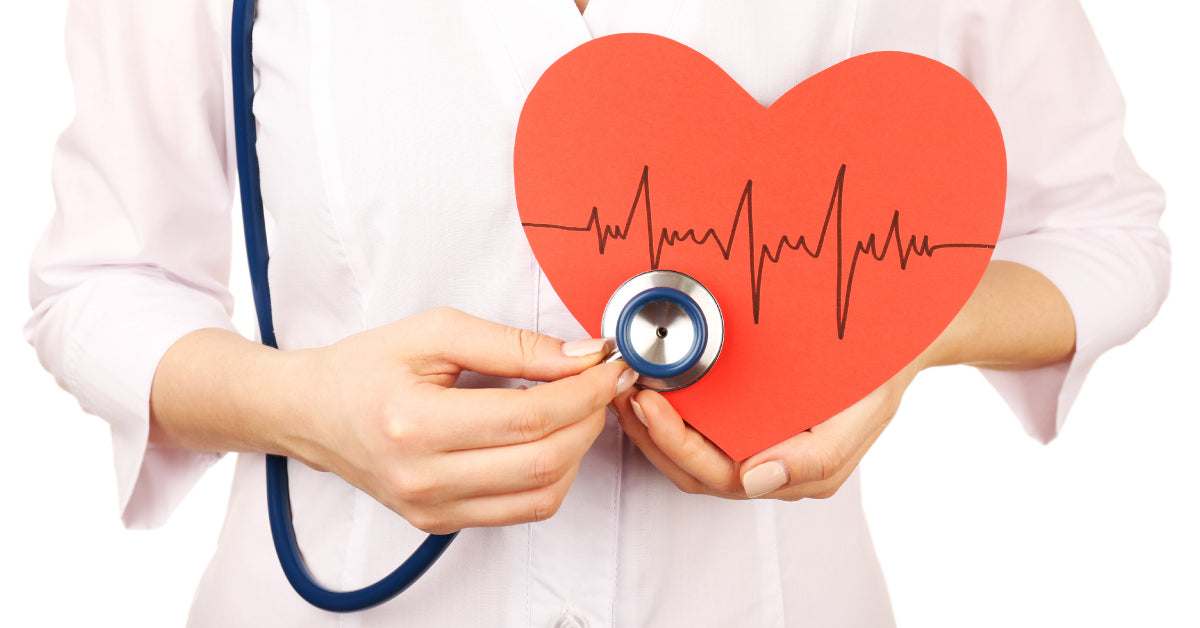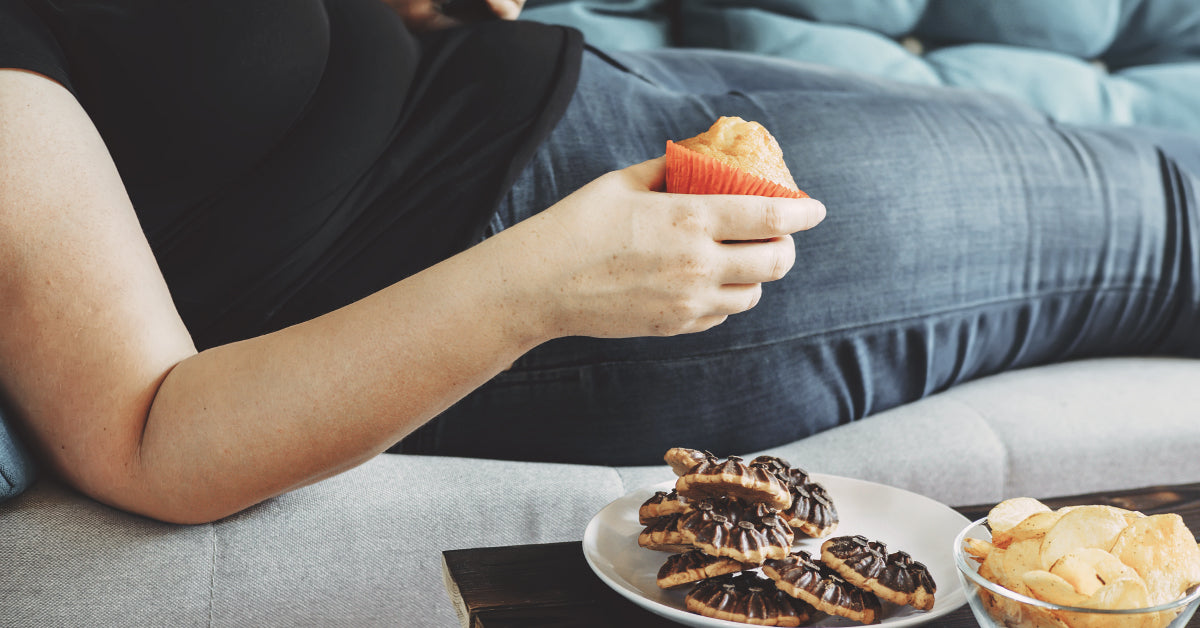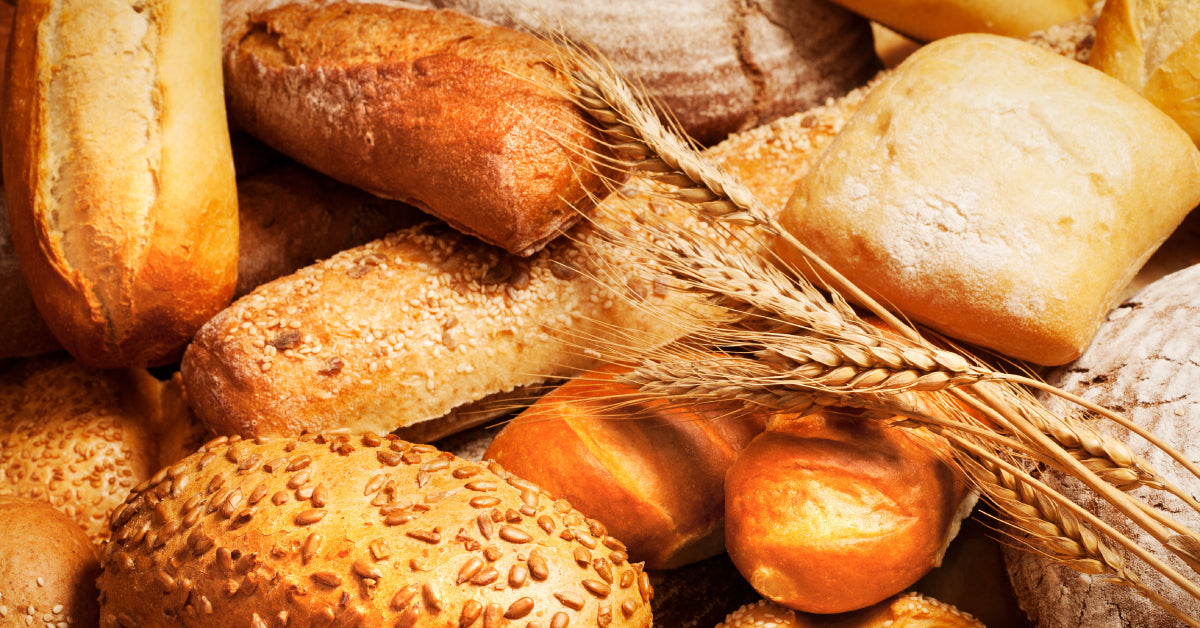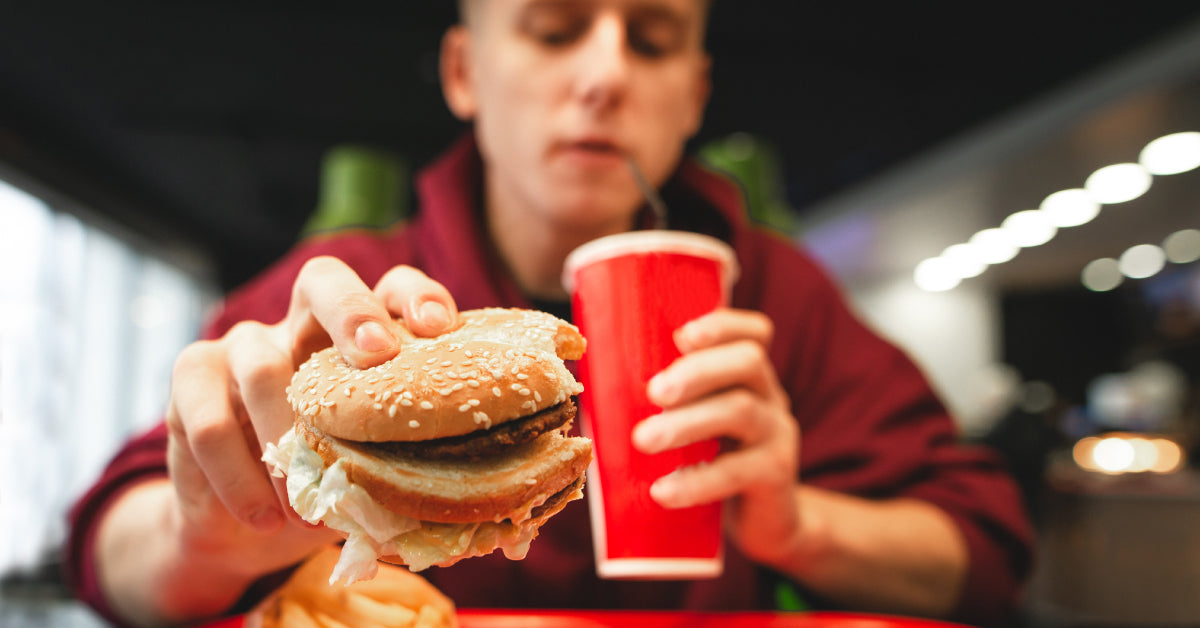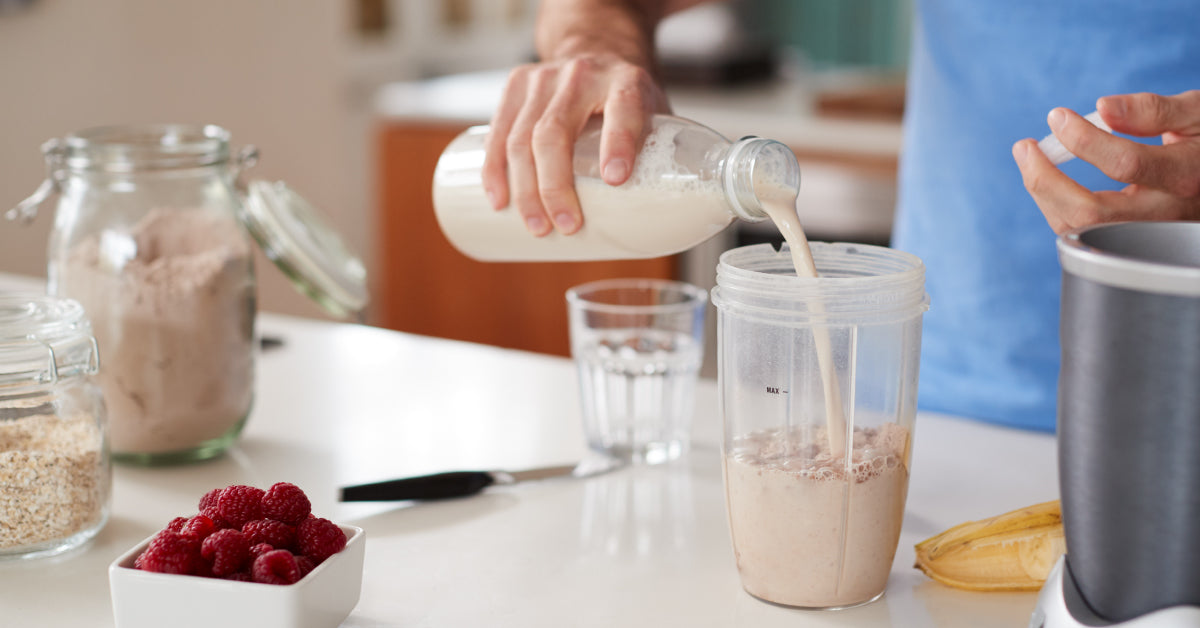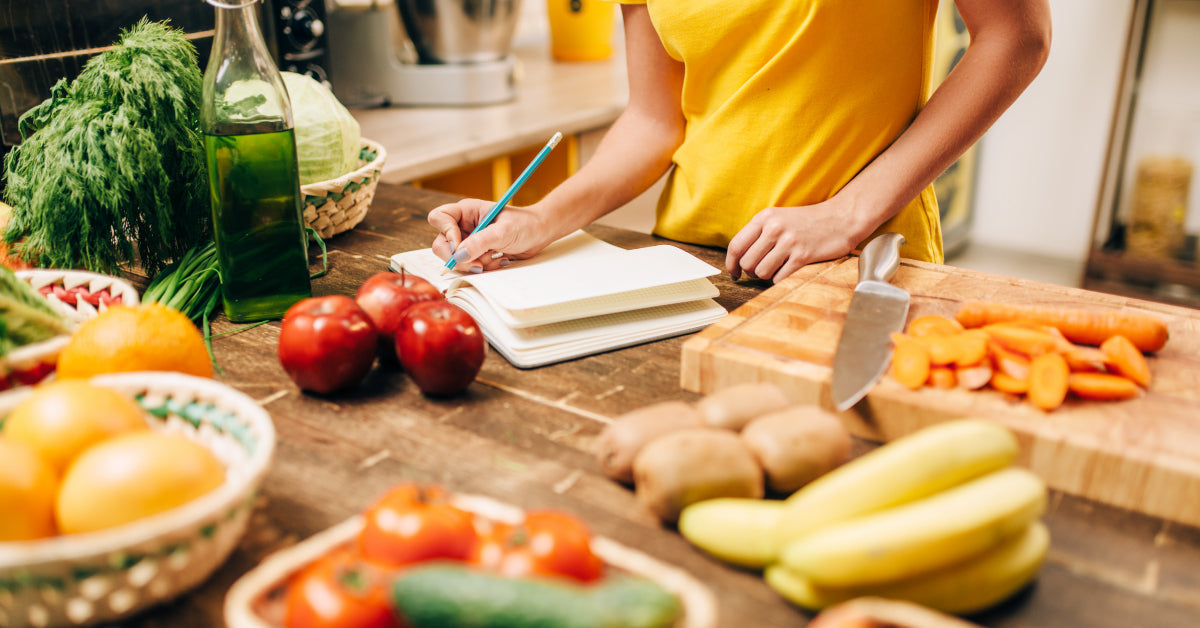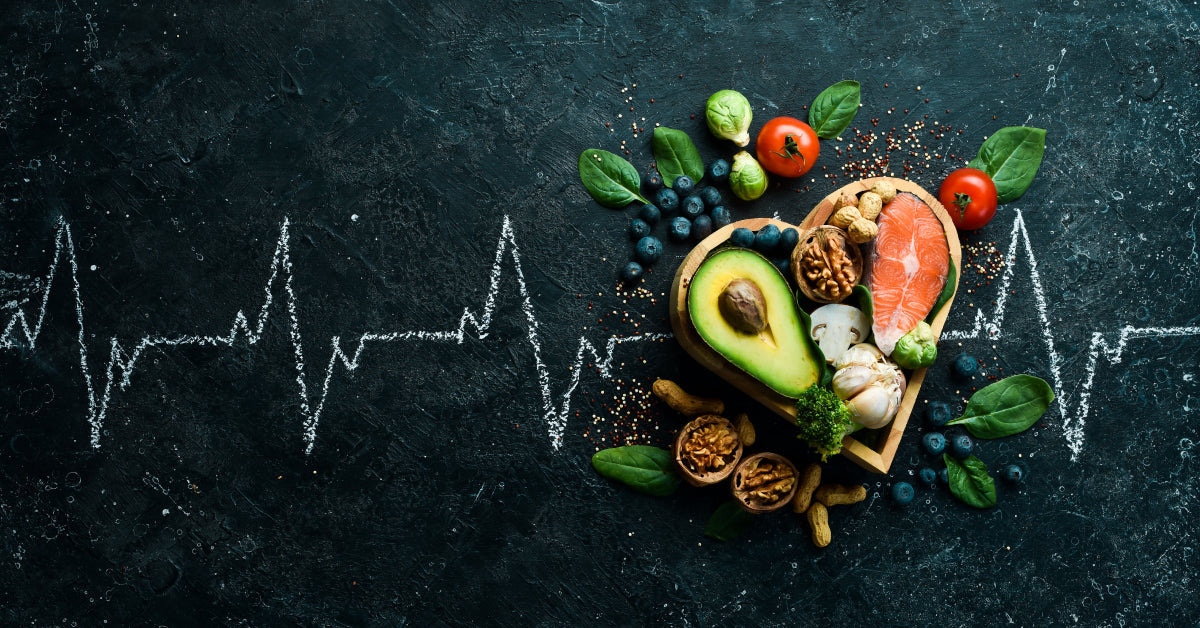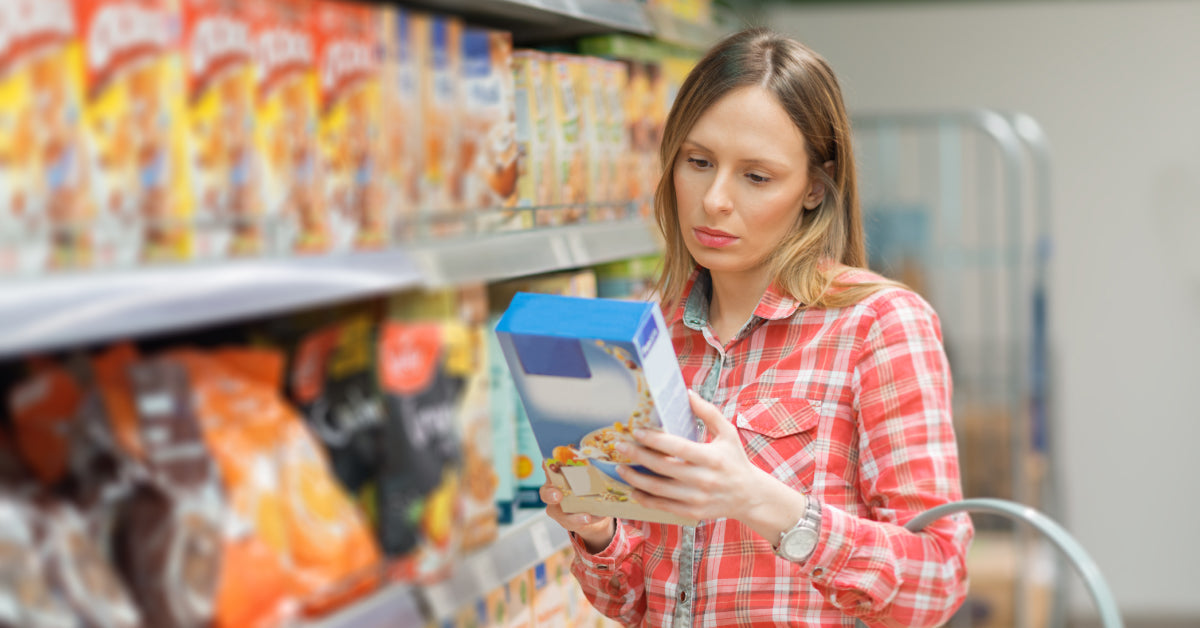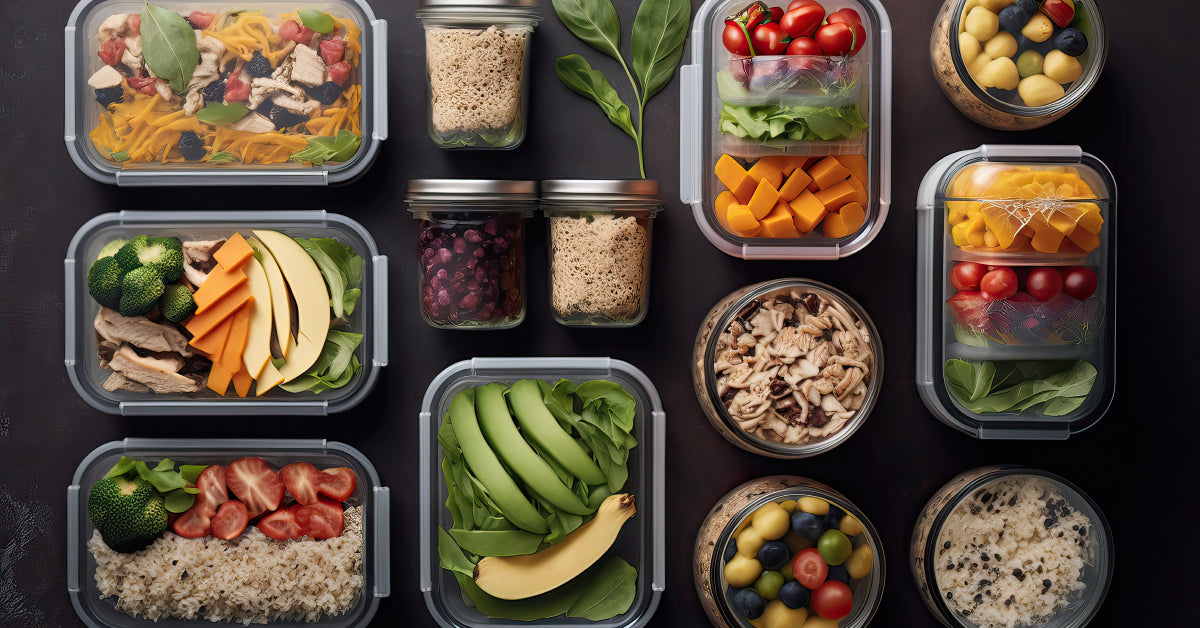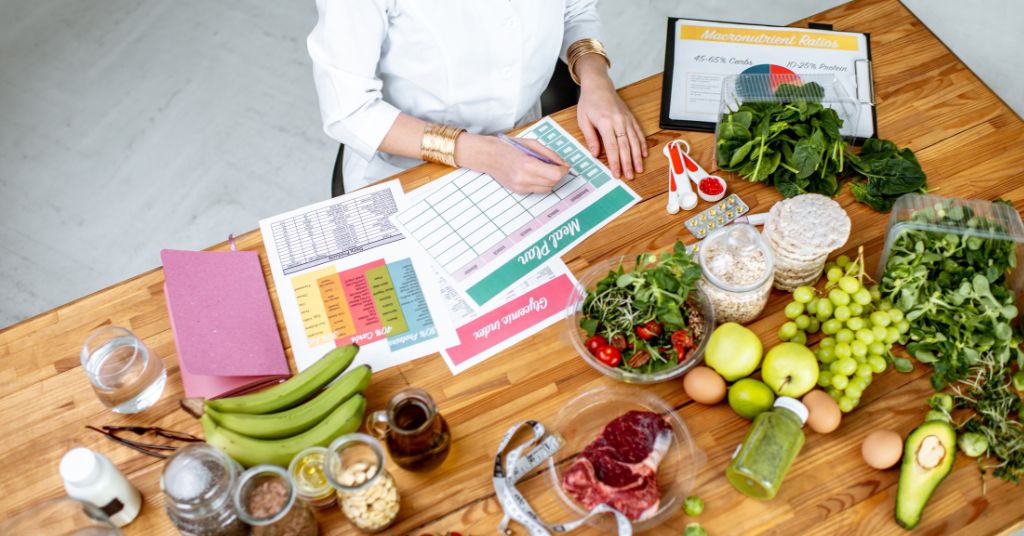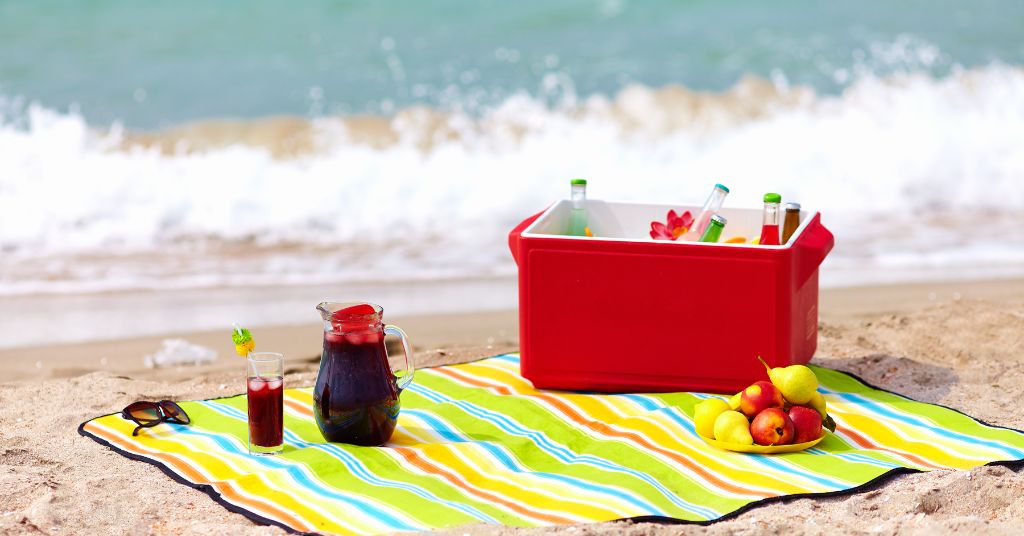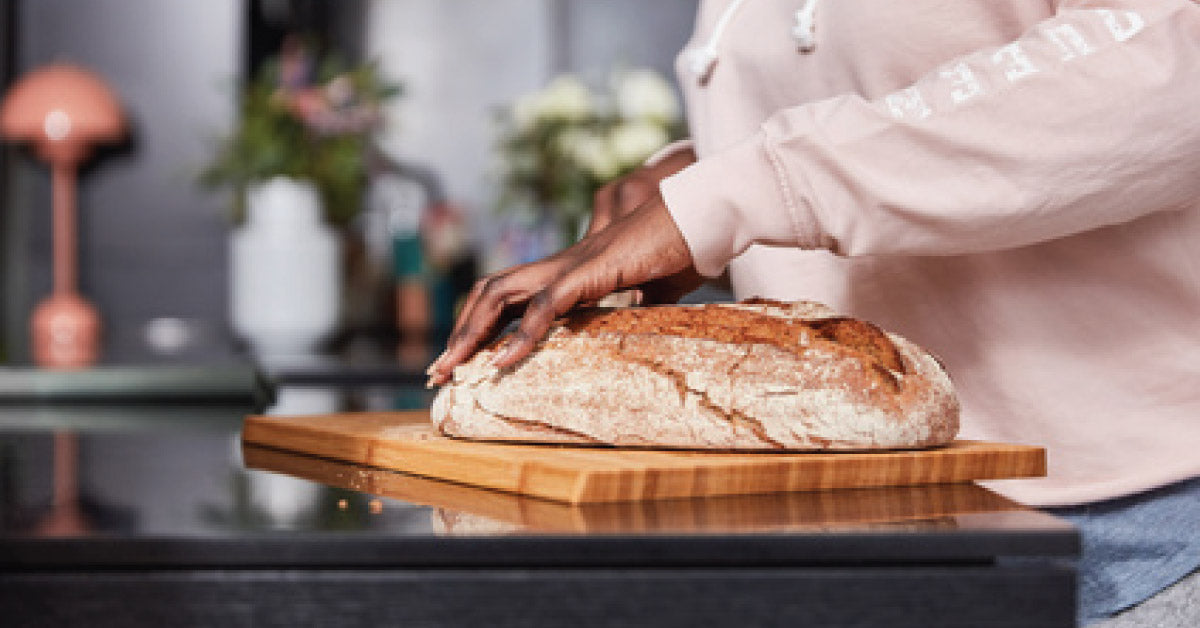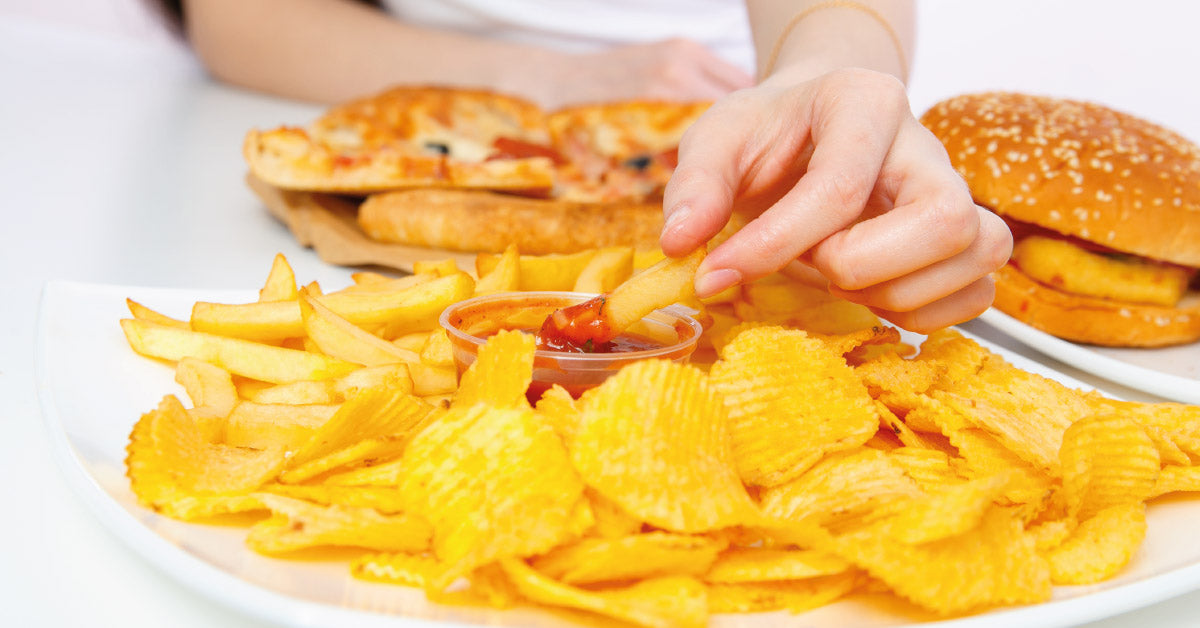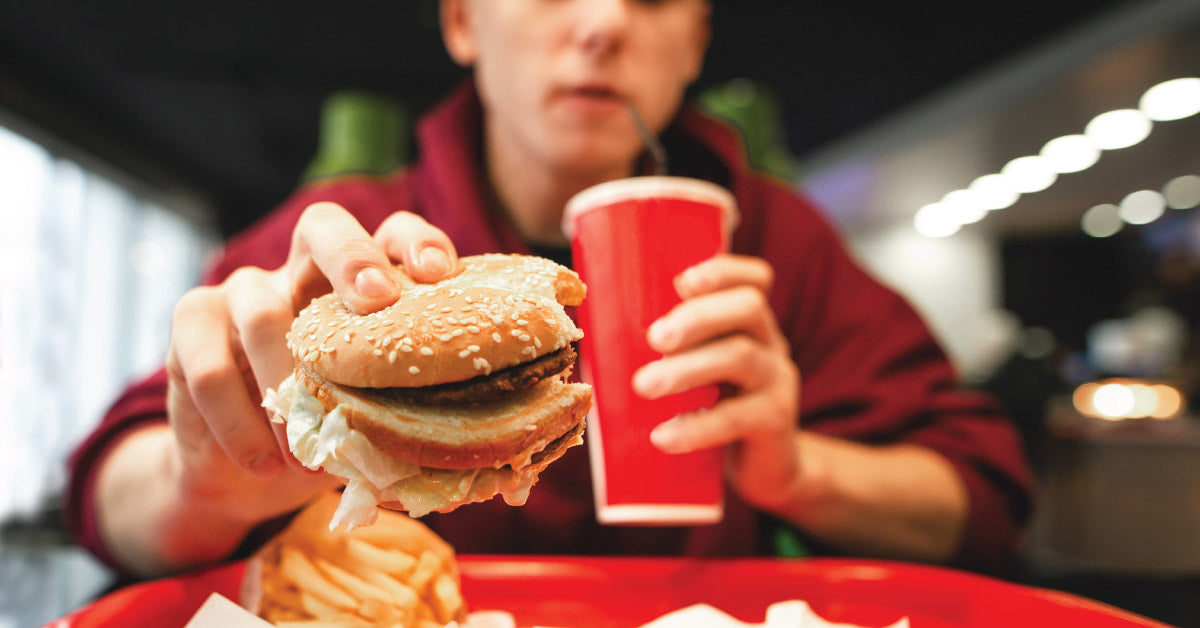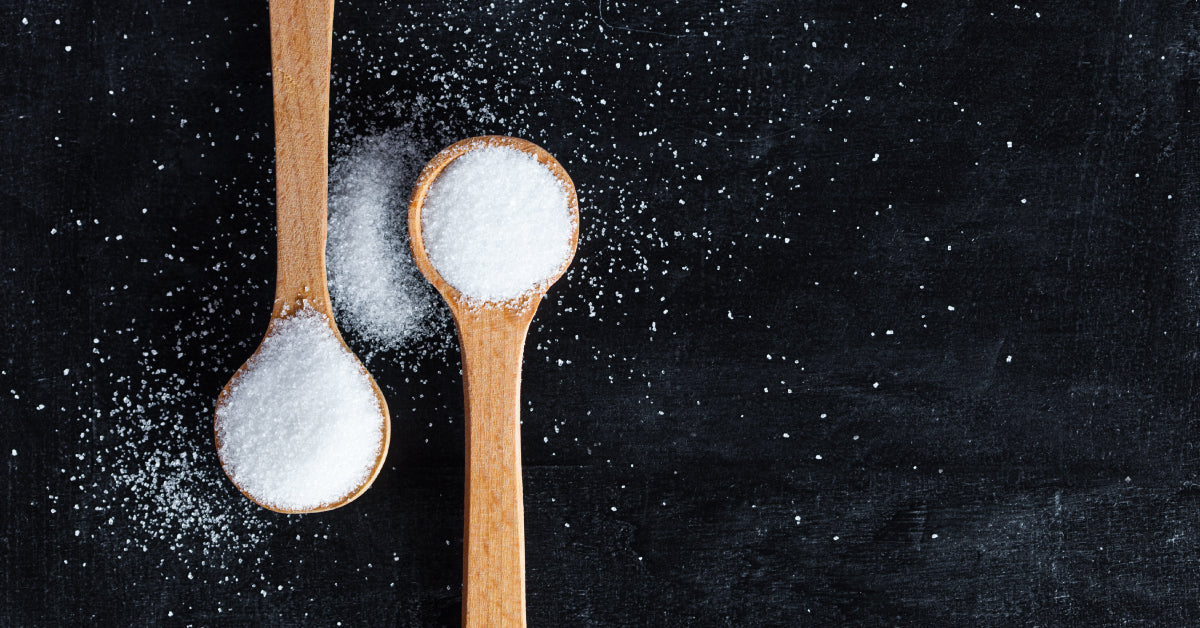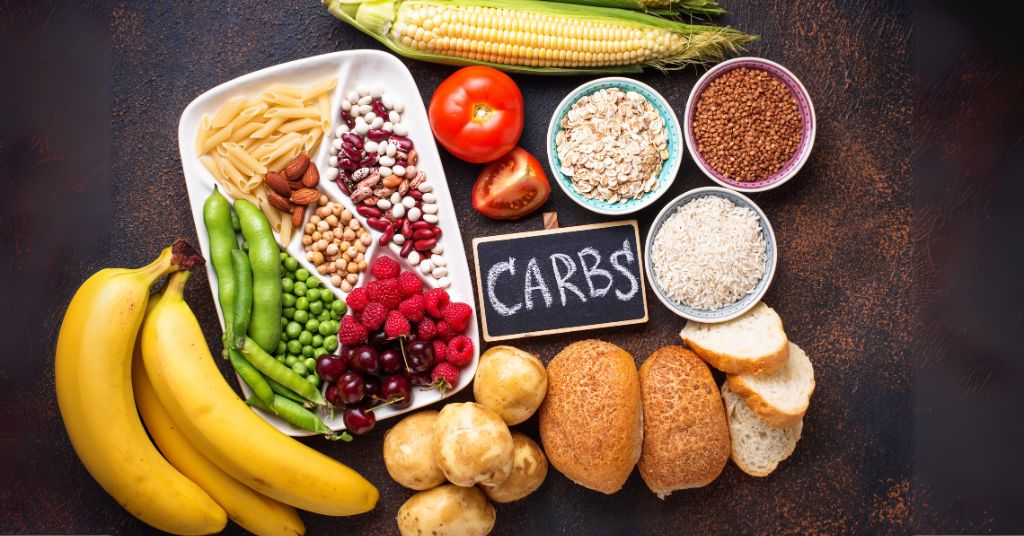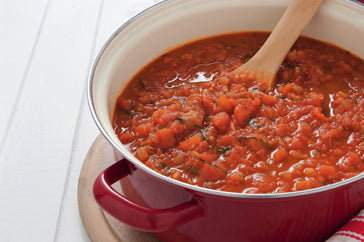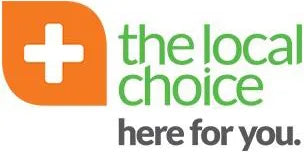Nutrition secrets hidden in your daily shopping bags
You know you need to eat healthy food, but what is healthy food? More importantly, what is unhealthy food?
These days there are so many different products to choose from, each claiming to be better or healthier than the next. So how can you make sure that you’re truly getting what you pay for?
It basically comes down to reading (and understanding) your food labels. You need to make sure that you’re choosing food with the right ingredients and the nutritional content that meets your needs.
Don’t just go for the one that says “low-fat” or “sugar free” – take the time to make sure that its contents supports its advertising.
How to read a nutrition label
It might seem simple enough, but companies often try and trick you into thinking their products are healthier than they actually are.
Here are 7 tips for reading food labels like a pro…
1. Serving Size
Almost all products give the nutritional information per 100g or 100ml, but how does that relate to the actual serving size? – Or to the entire product size, for that matter?
Although it makes it easier to compare products based on 100g or 100ml information, always keep in mind how much you’ll actually be consuming.
2. Calories and calories from fat
This is the energy content of the product and how much of that energy comes from fat. It’s often shown as kilojoules rather than calories. This is what you’ll need to use in order to decide whether something is truly high- or low-fat.
Please note that fat is not always a bad thing. It might be that the fat comes from unsaturated fats, which are very beneficial to you. To determine which fat it is, you’ll need to study the label further…
3. Nutrients
Nutrients refer to the amount of fats, carbohydrates, protein, sodium and fiber in the product.
Fats –
Fats are listed as:
-
-
-
-
- Total fats
- Saturated fats
- Trans fats
- Cholesterol
-
-
-
Look for products with less than 10g of fat per 100g – ideally with less than 3g from saturated fat and minimal to no trans fats.
Some products may also list other types of fats such as healthy omega 3s.
Carbohydrates –
Total carbohydrates and sugar content: Look for products with less than 10g of sugar per 100g serving if possible, although if the product contains fruit this is likely to be difficult. In this case aim for 20g or less.
Protein –
This is the total protein content or protein content per 100g/100ml
Fibre –
For carbohydrate based products such as cereals and bread look for more than 3g of fibre per serving.
Sodium –
Many processed foods contain a lot of sodium. Try to find products with less than 120mg of sodium per 100g for a healthy level of sodium intake.
4. Vitamins and Minerals
Vitamin content like calcium, iron, vitamin A and vitamin C are mandatory on food labels. However, some companies include other vitamins and minerals like niacin, folic acid and/or other B vitamins if a product contains high amounts of these.
5. Percentage of daily requirements
Along with the nutrient content, many labels also tell you how much of your daily requirements for these nutrients are found in a serving. Always make sure that you understand this section of the label: you want the good ingredients to be a high percentage of your daily requirement, but the bad ingredients to be a low percentage.
6. Nutrient claims
When it comes to labels that say “low fat”, “high fibre” or “sugar free”; the product must meet certain criteria:
|
Claim Fat-free Low fat Less fat Saturated fat free Cholesterol free Reduced calorie Low calorie Lean Light (fat) Light (calories) High-Fibre Sugar free Sodium/salt free Low sodium |
Requirement Less than 0.5g of fat per serving Less than 3g of fat per serving 25% less fat than a comparable product Less than 0.5g saturated fat and 0.5g trans-fatty acids per serving Less than 2mg of cholesterol, and less than 2g of saturated fat per serving 25% fewer calories per serving than comparable foods Less than 40 calories per serving Less than 10g fat, 4.5g saturated fat and 95mg of cholesterol per 100g 50% less fat than comparable food 1/3 fewer calories than comparable foods 5g or more per serving Less than 0.5g sugar per serving Less than 5mg of sodium per serving Less than 140mg per serving |
7. Ingredients
All products are required to have a list of ingredients on the label. The label should start with the ingredient that is most abundant in the product and continues down to the ingredient which is least abundant.
This is most useful if you are trying to avoid a certain ingredient such as gluten or corn syrup.
A Guide to Good Food Labels:
Whether you are trying to lose weight or just be more healthy, here is a guide to the labels you want to look out for…
Fruits and vegetables
-
- All fresh fruit and vegetables are good choices.
- Choose the “no added salt and sugar” varieties of canned fruit and vegetables.
- Low GI foods are good for weight loss.
Breads and Cereals
-
- 3g of fibre or more per serve
- less than 120g of sodium per serve
- Less than 10g sugar per 100g (20g if the product contains fruit)
- Choose multigrain or wholegrain varieties
- Choose untoasted muesli
Drinks
-
- Don’t forget that drinks have calories as well. Find out which are the best weight loss drinks.
Fats and oils
-
- Choose oils and spreads made from olive, canola, peanut, soy, sunflower or safflower.
- Dairy products (excluding cheese)
- less than 3g total fat per 100g
- less than 1.5g saturated fat per 100g
Cheese
-
- Buy the variety with least fat and sodium per 100g.
Meat, chicken, fish, nuts, legumes
-
- 10g total fat or less per 100g
- less than 3g of this of saturated fat
- less than 120mg sodium per 100g
- Choose no added salt varieties of tinned products
- Choose unsalted nuts
Snacks and treat foods
-
- less than 145 calories per serving
- Compare products and choose those with the least saturated fats and sodium.
